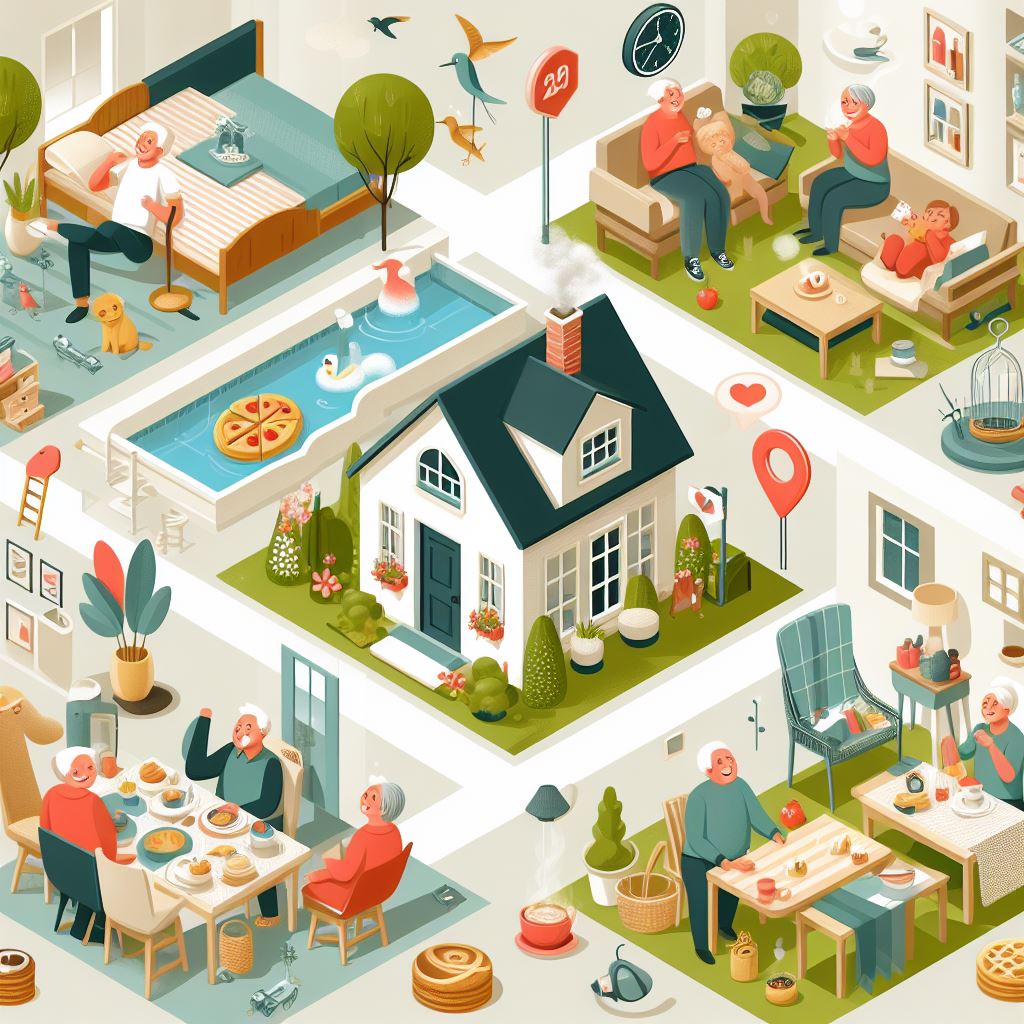Pros and Cons of Living in a Residence Compared to Traditional Housing
When it comes to choosing a place to call home, individuals have a plethora of options, ranging from traditional houses and apartments to more specialized residences such as condominiums, co-housing communities, and even tiny homes. Each option comes with its own set of advantages and disadvantages, and the decision ultimately depends on one’s lifestyle, preferences, and priorities. In this article, we will explore the pros and cons of living in a residence compared to traditional housing to help you make an informed choice.

Pros of Living in a Residence:
- Amenities and Services: Many residences offer a wide range of amenities and services, such as fitness centers, swimming pools, concierge services, and maintenance, which can enhance your quality of life and convenience.
- Community and Social Interaction: Residences often foster a sense of community, making it easier to meet neighbors and engage in social activities. This can be particularly beneficial for people looking to build social connections.
- Security: Residences typically have security measures in place, such as gated access, surveillance cameras, and on-site security personnel, providing residents with a greater sense of safety and peace of mind.
- Maintenance and Repairs: Residence living often includes maintenance and repair services for common areas and shared facilities, reducing the burden on individual residents.
- Location and Convenience: Many residences are strategically located in urban areas or near amenities like shopping centers, restaurants, and public transportation hubs, offering convenience and access to various services.
Cons of Living in a Residence:
- Limited Privacy: Living in close proximity to neighbors can result in reduced privacy compared to standalone homes. Thin walls and shared common areas may lead to noise disturbances.
- Homeowners’ Association (HOA) Fees: Many residences require residents to pay monthly HOA fees, which cover shared expenses but can add to the overall cost of living.
- Less Control: Residents may have less control over decisions related to the property, as many choices are made collectively through the homeowners’ association.
- Smaller Living Spaces: Residences, especially apartments and condominiums, often offer smaller living spaces compared to traditional houses, which can be limiting for families or individuals who require more space.
- Limited Outdoor Space: In some cases, residences may have limited or no private outdoor space, which can be a drawback for those who enjoy gardening or outdoor activities.

Conclusion:
The choice between living in a residence and traditional housing is a highly personal one, influenced by factors such as lifestyle, budget, and individual preferences. It’s important to carefully weigh the pros and cons of each option before making a decision. Residences can offer a convenient and amenity-rich lifestyle, while traditional housing may provide more privacy and control. Ultimately, the right choice depends on what suits your unique needs and priorities as a homeowner or renter.
